https://youtube.com/watch?v=QNCxKbKLVCo
A new type of powered exoskeleton aims to extend the benefits of the technology to people at a much lower price tag.

https://youtube.com/watch?v=QNCxKbKLVCo
A new type of powered exoskeleton aims to extend the benefits of the technology to people at a much lower price tag.
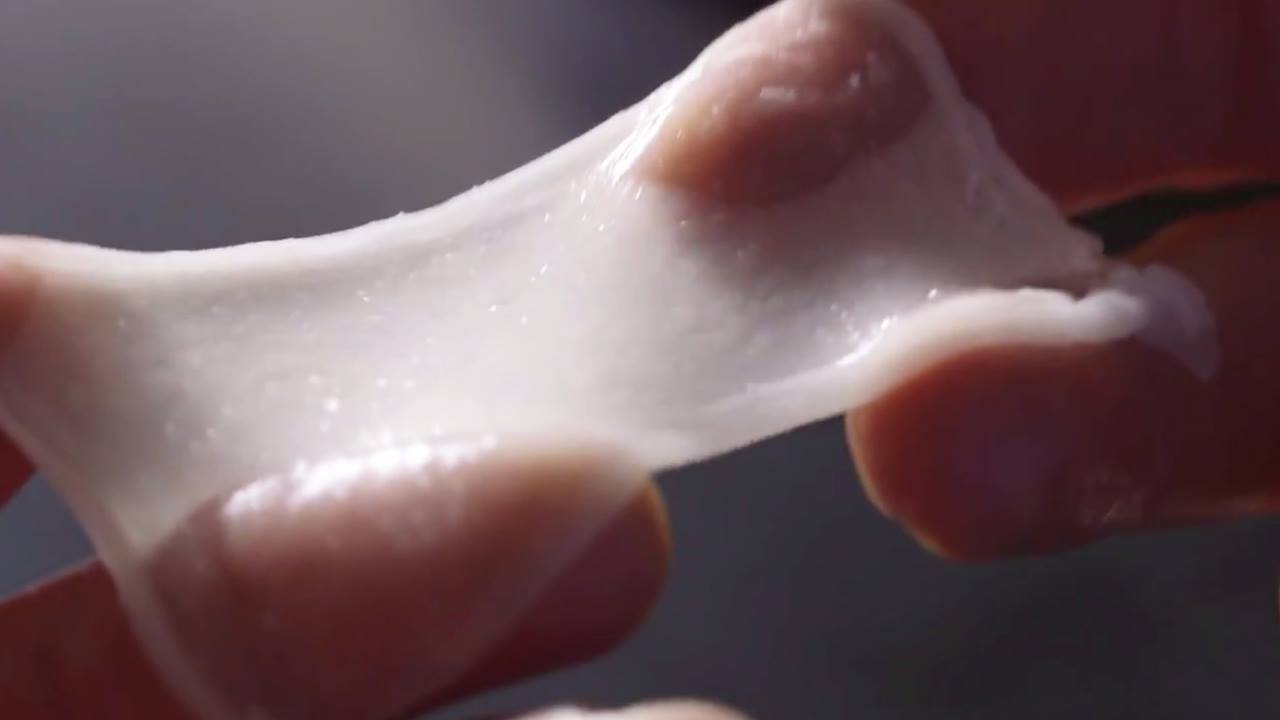
Artificial skin is saving thousands of lives of burn victims.

The San Jose Mercury News took a look at SRI’s collaboration with Yamaha to develop Motobot, the first motorcycle-riding humanoid robot. “Consider it a high-tech diagnostic tool for motorcycles that just happens to look like a cyborg.”
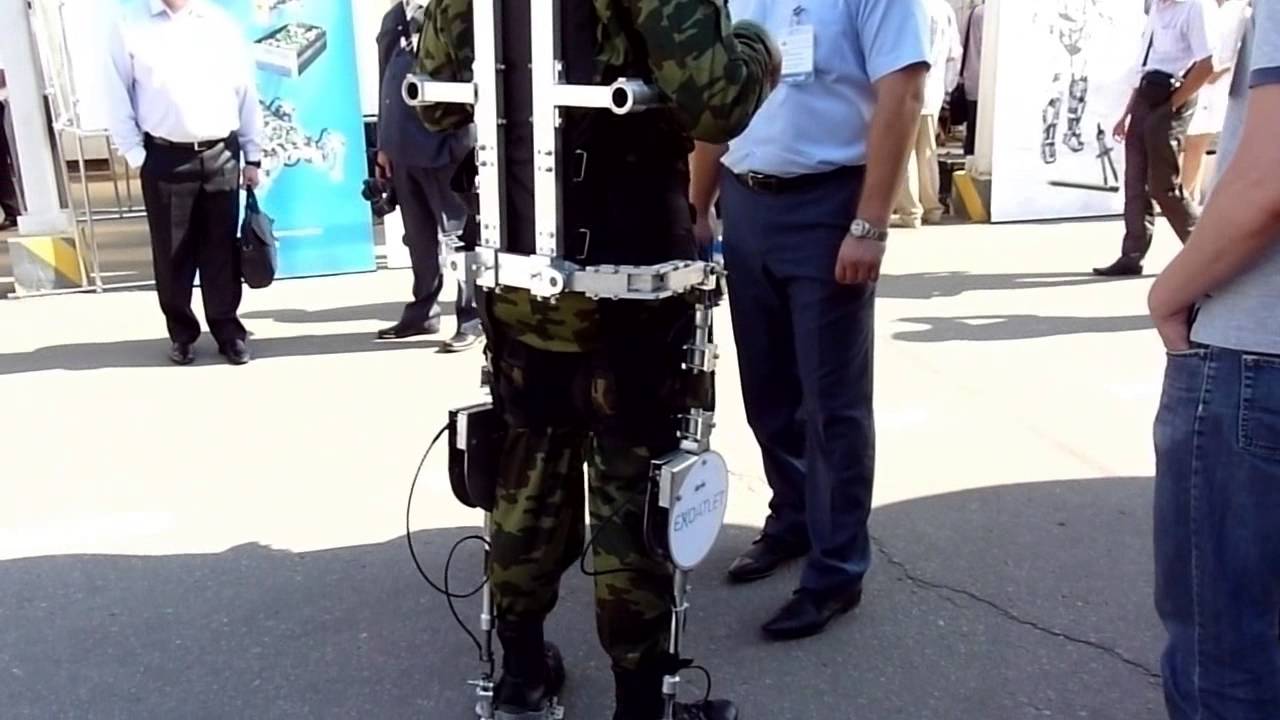
Russia’s new mind control exoskeleton.
THE era of the ‘robo-soldier’ is nearing as Russia claims to be perfecting machines that will revolutionise warfare.
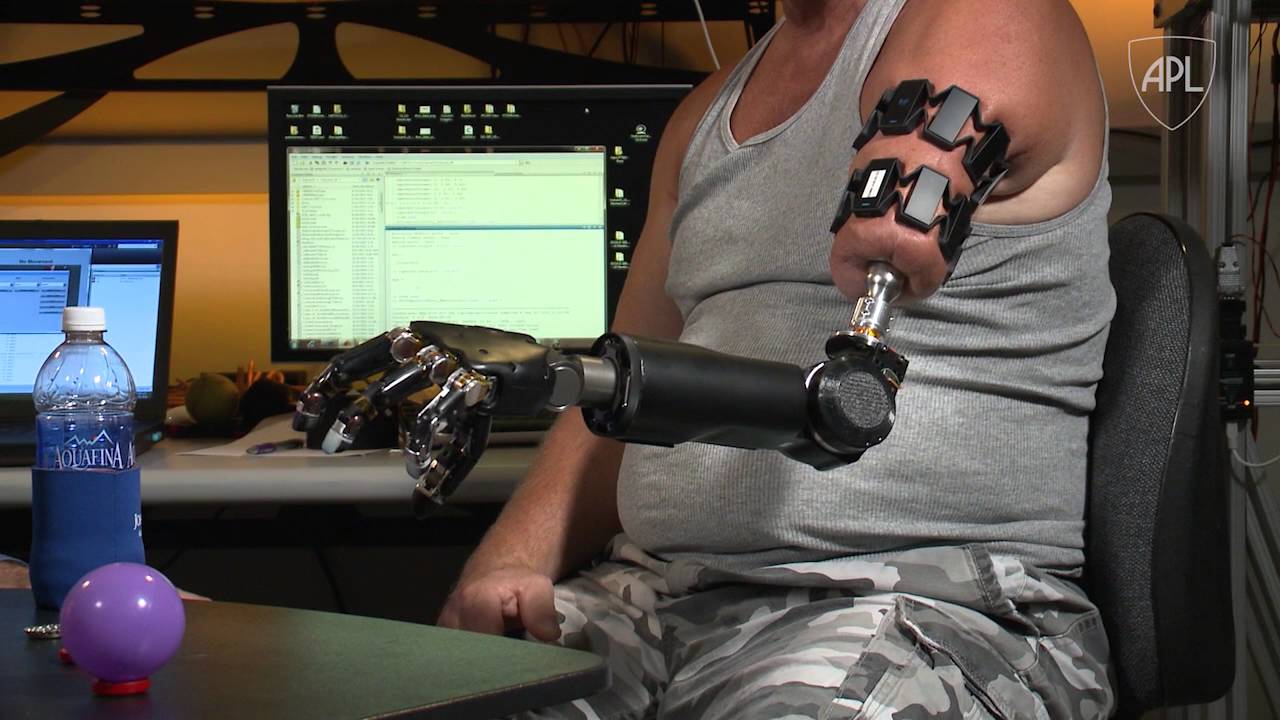
Oxford researchers suggest the law might have to reassess what it considers person and property.
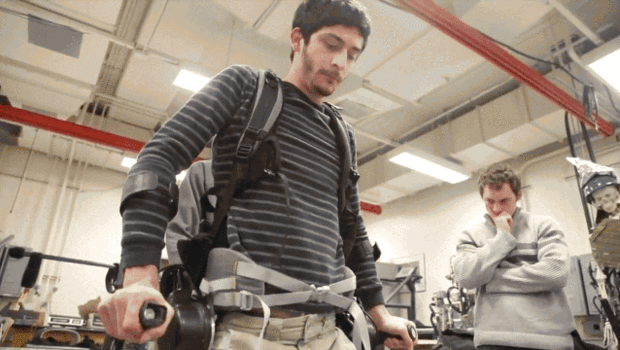
The Phoenix lets paraplegic people sit, stand, and walk. It costs just $40,000. Here’s how the designers pulled it off.
In 2005, Steven Sanchez was trying to do a flip off a BMX dirt ramp when he was paralyzed from the belly button down. 11 years later, with no miracle surgery to speak of, he stands like any other tourist in line at the Vatican.
“I had this awesome robotic suit on, and nobody cared,” he says. “They just waited for me to move up like everyone else moved up.” It was a moment of incredible, touristy normalcy, provided by a bit of practice—and the Phoenix exoskeleton.
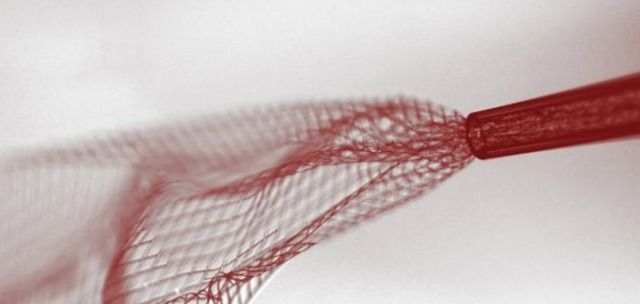
Elon Musk, CEO of Space Exploration Technologies (SpaceX) and Tesla Motors, Inc, was at Startmeup Hong Kong and talked about what he thought were areas of technological opportunity.
At 37 minutes into this video Elon Musk talks about high potential technology like Hyperloop which he currently does not have time to address electric aircraftgenetics is thorny but is our best shot at many tough diseasesbrain computer interfaces at the neuron level has potential for intelligence augmentationNeural Lace was mentioned.
Scientists from China and the US have found a pioneering way to inject a tiny electronic mesh sensor into the brain that fully integrates with cerebral matter and enables computers to monitor brain activity.
Researchers from Harvard and the National Center for Nanoscience and Technology in Beijing have succeeded in inventing a flexible electrical circuit that fits inside a 0.1mm-diameter glass syringe in a water-based solution.
This tiny electronic mesh sensor is thin and flexible enough to be injected into the brain and gentle enough to integrate fully with brain cells, making human cyborgs a possibilityLieber Research Group, Harvard University
When injected into the brains of mice, the mesh unfurled to 30 times its size and mouse brain cells grew around the mesh, forming connections with the wires in the flexible mesh circuit. The biochemical mouse brain completely accepted the mechanical component and integrated with it without any damage being caused to the mouse.
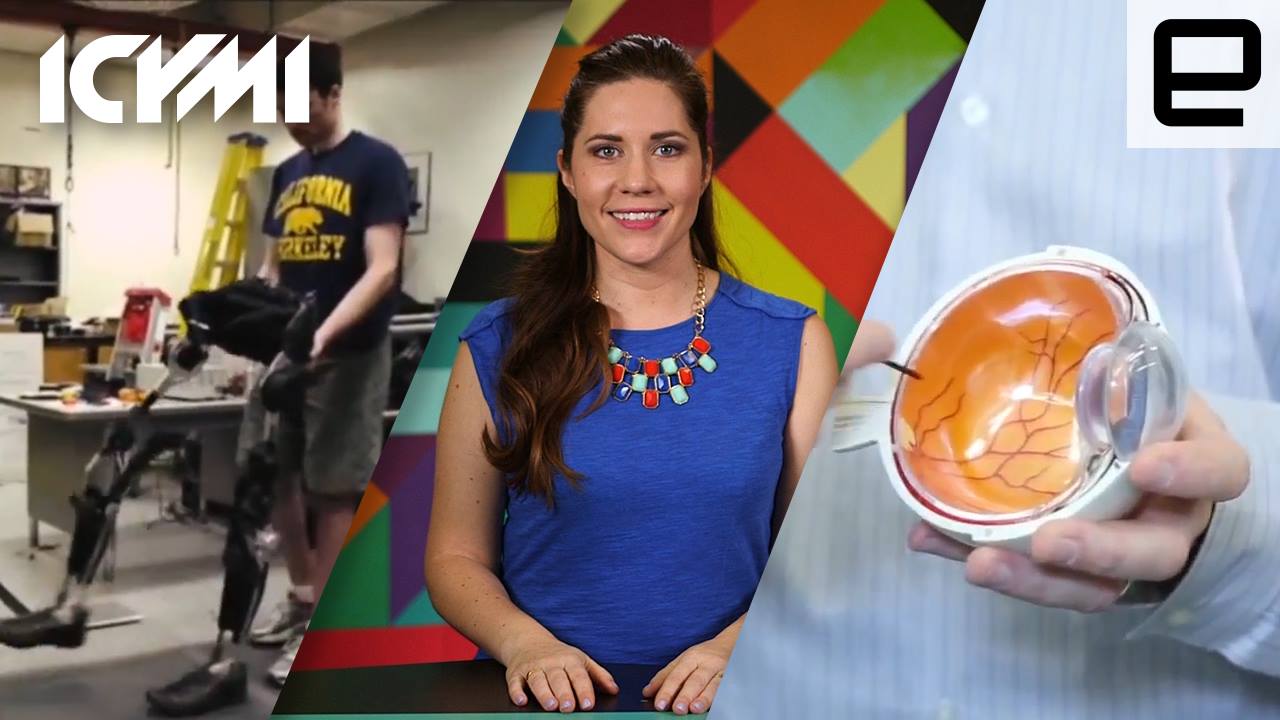
We hardly need superheroes anymore: engt.co/1JLE7im
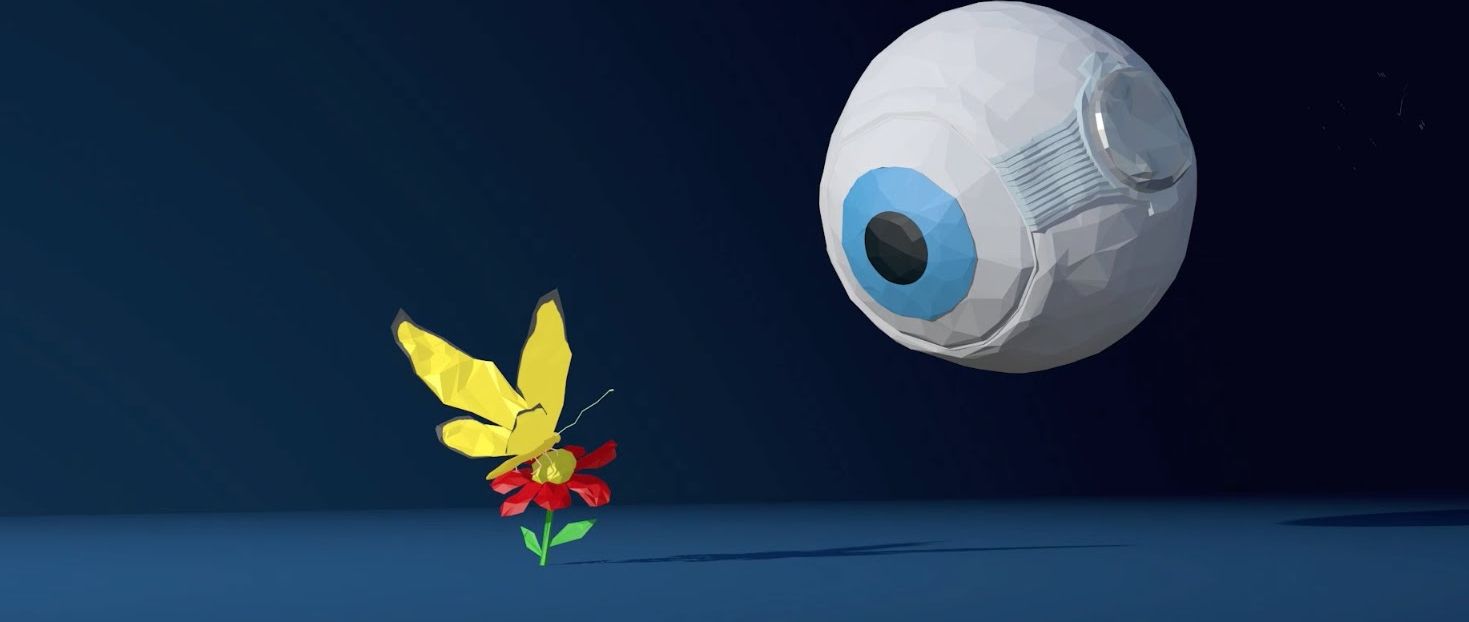
Finally. Bionic eye technology that could give sight back to millions of individuals worldwide is set to start trials.
Adding to the recent buzz surrounding the development of bionic eye systems is news of scientists from Australia who are set to begin trials on The Phoenix99 bionic eye—a fully implantable system that marks a significant breakthrough in neural stimulation technology.
The device, developed by engineers at the University of New South Wales (UNSW), has already been demonstrated successfully in pre-clinical work led by a team of elite surgical experts from Sydney, and it is expected to give patients better vision than any of the current restoration technologies.
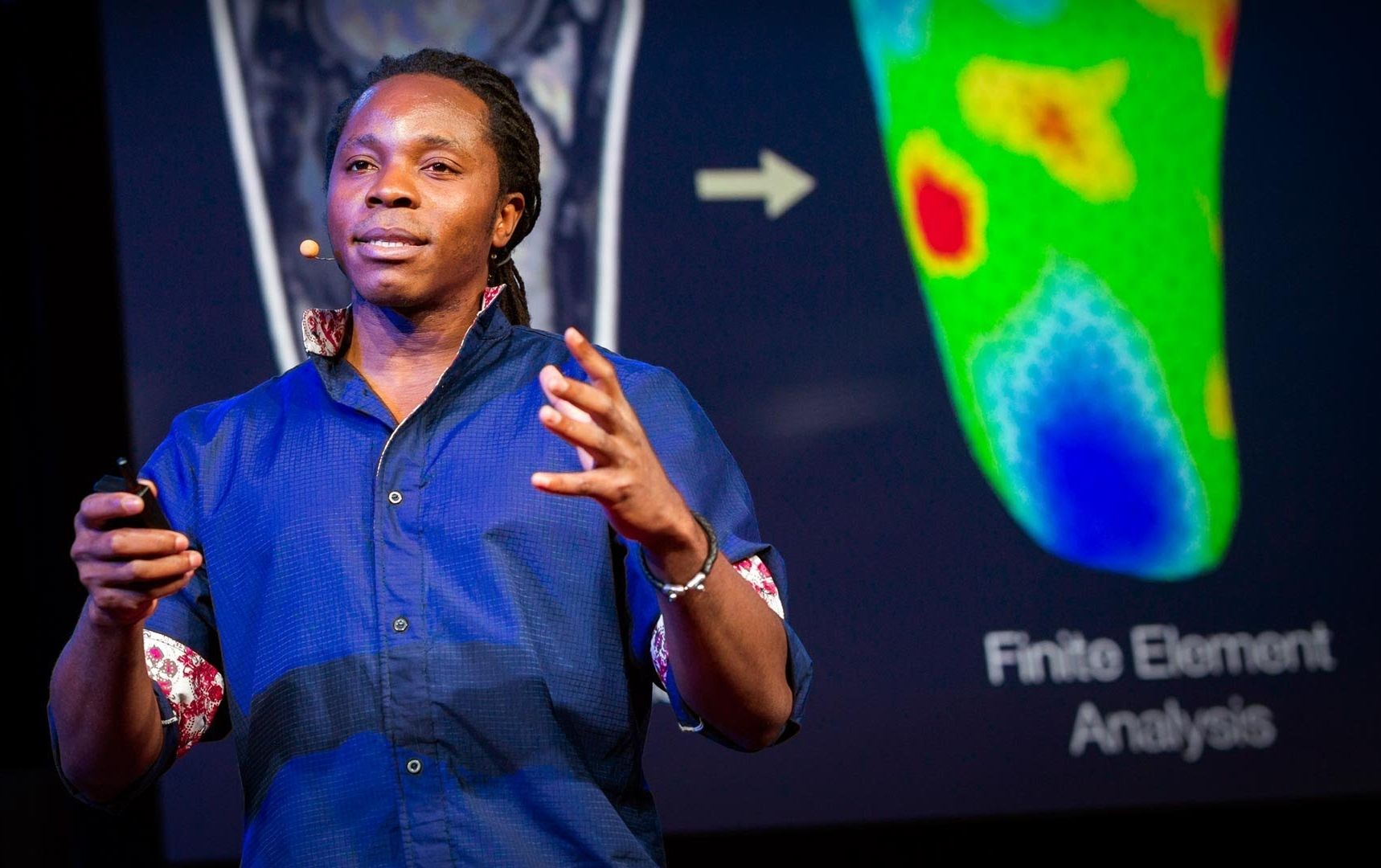
What drove David Sengeh to create a more comfortable prosthetic limb? He grew up in Sierra Leone, and too many of the people he loves are missing limbs after the brutal civil war there. When he noticed that people who had prosthetics weren’t actually wearing them, he set out to discover why — and to solve the problem with his team from the MIT Media Lab.
TEDTalks is a daily video podcast of the best talks and performances from the TED Conference, where the world’s leading thinkers and doers give the talk of their lives in 18 minutes (or less). Look for talks on Technology, Entertainment and Design — plus science, business, global issues, the arts and much more.
Find closed captions and translated subtitles in many languages at http://www.ted.com/translate
Follow TED news on Twitter: http://www.twitter.com/tednews
Like TED on Facebook: https://www.facebook.com/TED